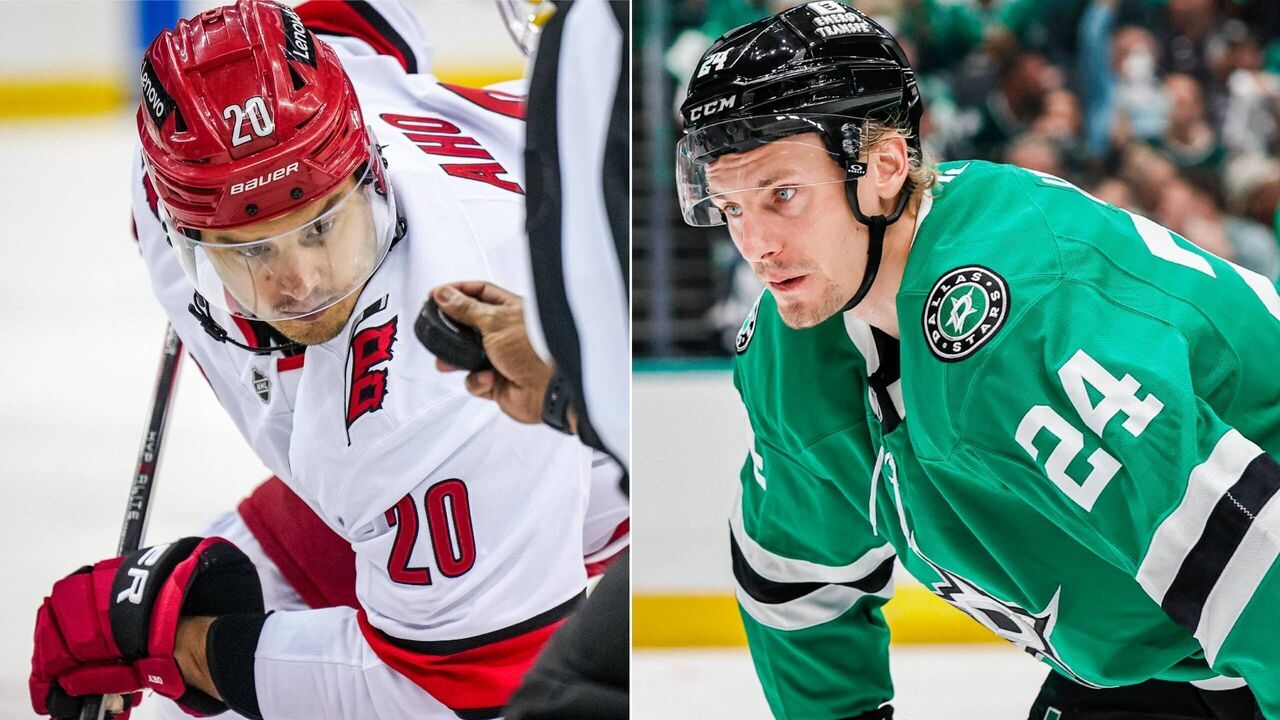NHL penalty calls fell, then surged. Who's capitalizing?
NHL referees swallowed their whistles in the regular season and sent players to the box with historic rarity. The number of power plays in the average matchup - 2.71 per team - plunged without warning.
Today's games are played at breakneck speed, but the officiating standard is pretty lenient. Refs called far more penalties in the plodding clutch-and-grab era. This season's PP attempt rate, a record low, presents a complete contrast to the obstruction crackdown that followed the 2005 lockout.
Missed calls didn't drive this decline: The league tracks them internally and said the officials' whiff rate remained consistent over the past few years. Theories shared with Daily Faceoff's Frank Seravalli at the March general managers' meetings suggested teams preached discipline this season, and players were better at complying with the rules.
Whatever the reasons were, something has changed in the playoffs. Teams received 3.05 power plays per game through Thursday's action. Boarding, cross-checking, high-sticking, interference, and roughing are being punished at a greater rate than in the regular season, according to a scan of IcyData's penalty tracker. (Holding, slashing, and tripping calls have held steady.)
This playoff shift happens annually. Over the past 10 years, power-play attempts have climbed in the postseason by an average of 0.19 per team game. This year's difference - 0.34 attempts - amounts to a few extra calls and scoring opportunities throughout a competitive series and dozens more over an entire round.
The playoffs can seem violent and lawless, but minor infractions don't get overlooked.
Compared to the regular season, fewer postseason games elapse with next-to-no penalty calls. More produce a wave of power plays.
Here are a few takeaways on the fluctuating trend, what it means, and who it favors.
Goal surge: Despite the downshift in calls in the regular season, power plays created stellar looks and beat goalies at an exceptional 21.6% clip - the best NHL average since the mid-1980s, per Hockey Reference. The current playoff PP scoring rate (22.7%) is even stronger, and it dwarfs the league average from the past 10 postseasons (20.3%). The Jets are the only active team operating below 20%, but they prolonged their season with a couple of big goals Thursday.
Big beneficiaries: The Stars and Hurricanes top the playoffs in power-play goals (Dallas is 11-for-38, Carolina's 9-for-32) because they mix efficiency with opportunity. Both ranked in the top three in PP attempts this season, and both are drawing more whistles now that calls are up. Outscoring their playoff opponents by a healthy 10-2 margin on special teams spurred the Canes to the conference finals.

Individual standouts: Dallas center Roope Hintz shares the NHL lead for drawn penalties (seven) with Washington's Tom Wilson; Toronto's Calle Jarnkrok has drawn six in much less ice time. Carolina star Sebastian Aho paces the pack with three power-play goals and six points. The Stars' Mikael Granlund and Golden Knights' Victor Olofsson are the only players with two power-play goals in Round 2 - and both scored theirs in a single game.
PK counterpunchers: No one would mistake the Panthers for model citizens, but their 88.9% penalty kill bails them out of trouble. They killed all but two of the Lightning's 18 power plays in the first round. They've held the Maple Leafs' skilled marksmen to an identical scoring rate. Like Carolina (93.3% PK) and Dallas (86.1%), Florida's equipped to deal with a parade to the box.
Nick Faris is a features writer at theScore.